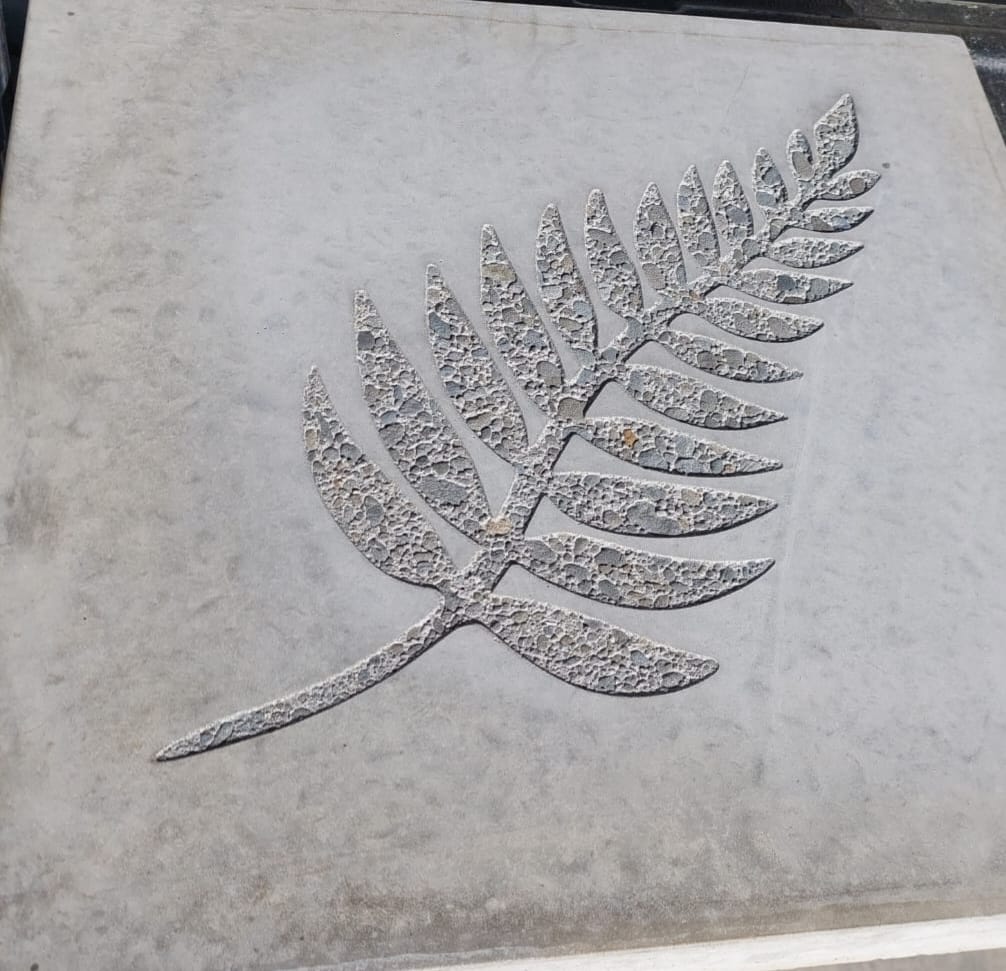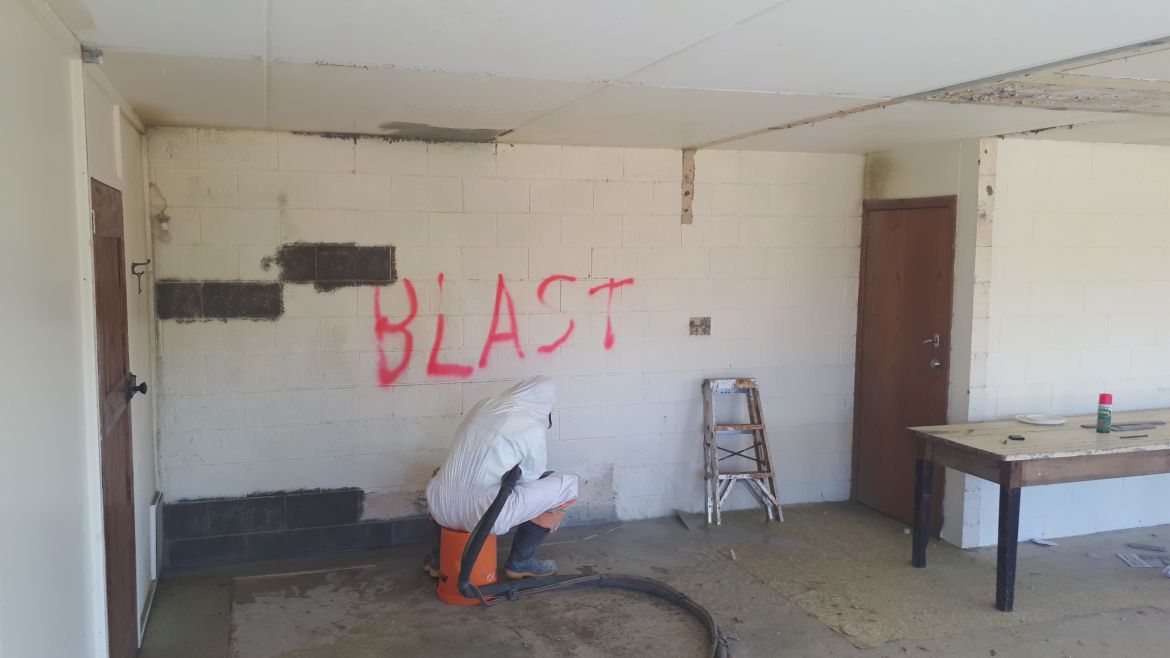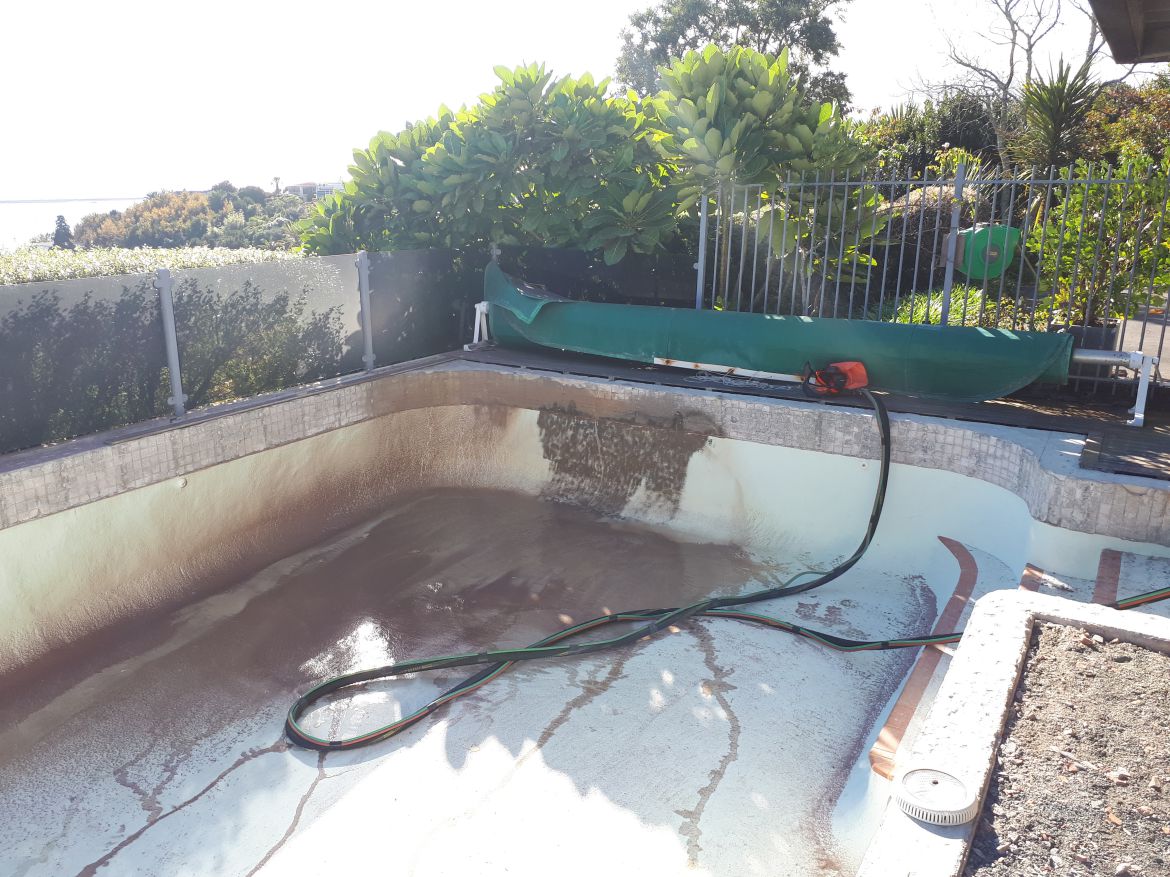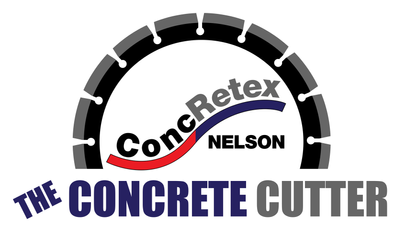Vapour Abrasive Blasting
Is similar to dry blasting, anodizing, plating or liquid honing, except that the blast media is moistened prior to impacting the surface and creates up to 92% less dust. Minimised dust, less containment may be required, and media clean-up time can be reduced. It is rapidly becoming the number one choice for applications requiring the highest quality of surface (“like new”) finish.
The illustrations below show the different natures of grit, bead, and vapor blasting.

The aggressiveness of dry grit and bead blasting are shown in the first two illustrations which demonstrate the severe 90° ricochet that occurs when using these methods.
The third illustration shows the gentler, but just as effective, vapour blasting method. The ricochet of media is reduced due to the cushioning from the water; the angle of the media is changed producing a lapping effect travelling across the surface, giving an even satin/polished finish.
- Coating Removal – graffiti, dirt, efflorescence and degrease
- Concrete/Brick/Sandstone - cleaning, restoration (after fire damage) and preparation
- Fiberglass – paint removal
- Mid and Stainless Steel - surface preparation, mill scale removal and rust removal
- Aluminium, Copper, Brass and Bronze - cleaning
- Auto (plastic/metal) and Boat Parts - cleaning, paint stripping and restoration
Blasting Media - No hazardous or toxic chemicals are used
| Garnet (crushed rock) | Crushed Glass | Coal Slag |
| Glass Beads | Plastic | Walnut Shells |
| Baking Soda |
Possible Applications
| Cleaning of wine vats | Anti-fouling boats | Non-slip in concrete cow sheds |
| Removal of road marking | Cleaning of dies & moulds | Cleaning of PCB's & electrical connectors |
For more information please contact us at office@theconcretecutter.co.nz or phone the office (03) 538 0180 or Mobile 0274 448 233




